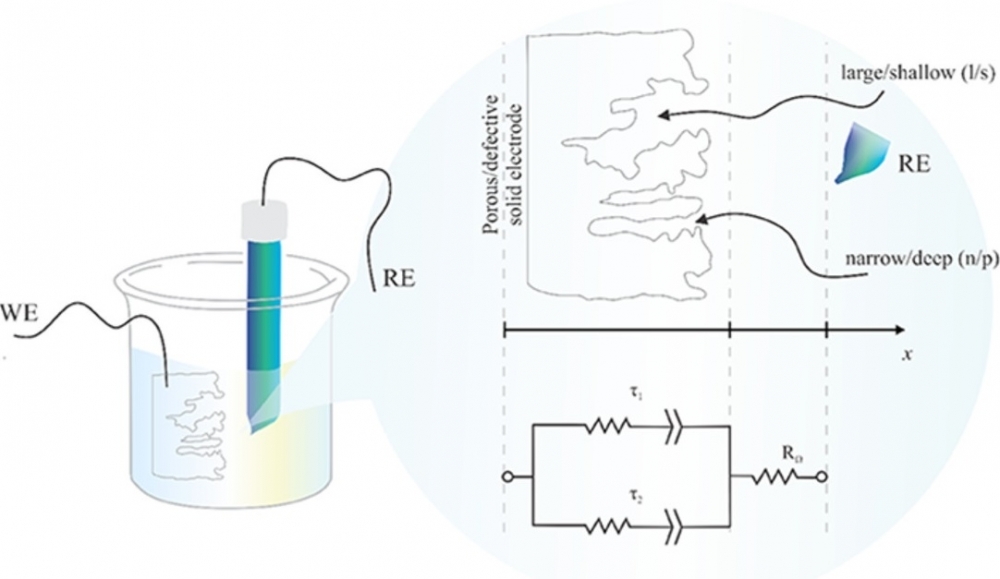


The new model is capable of providing a realistic analysis of the experimental data for a supercapacitor in which internal energy losses are considered (image: CINE)
Published on 07/17/2023
Agência FAPESP* – Clean energy sources like the Sun and wind are renewable, free and inexhaustible. However, they are intermittent, and efficient power storage systems are required to assure continuous supply. Supercapacitors can be key elements of such systems, both charging and discharging (delivering power) much faster than batteries.
A team of researchers affiliated with the Center for Innovation on New Energies (CINE), an Engineering Research Center (ERC) supported by FAPESP and Shell, has developed a mathematical model to optimize supercapacitor efficiency by minimizing the undesirable losses that occur in these devices and are usually overlooked in the scientific literature. The research is reported in an article published in the journal Electrochimica Acta.
The new model is capable of providing a realistic analysis of the experimental data from a supercapacitor in which internal energy losses are considered. More precisely, it can be used for precise quantification of the electrochemical characteristics of supercapacitors relating to their capacitance, which is the amount of energy collected and stored in the form of an electric charge, and their resistance, which is opposition to the flow of electric current. To do so, the model considers the presence of different surface defects, such as pores, cracks and fissures, in the materials that make up the electrodes.
According to the researchers, the model can help design the most suitable material for each supercapacitor application and determine the conditions for synthesis of the material to control the formation of structural defects such as pore size.
The researchers validated the theoretical model with experimental data, producing electrodes made of five different materials and conducting experiments with four techniques typically used for electrochemical characterization of supercapacitors: cyclic voltammetry, chronoamperometry, chronopotentiometry and electrochemical impedance spectroscopy. The excellent match between the experimental findings and simulations confirmed the validity of the model.
The project was a collaboration between research groups at the State University of Campinas (UNICAMP) and the Federal University of the Jequitinhonha and Mucuri Valleys (UFVJM), and was funded by FAPESP.
The article “Proposal of a novel methodology for the electrochemical characterization of well-behaved redox-active materials used in supercapacitors” is at: www.sciencedirect.com/science/article/pii/S0013468623006369.
* With information from CINE, an Engineering Research Center supported by FAPESP.
Source: https://agencia.fapesp.br/41907